Archives
- 2025-10
- 2025-09
- 2025-03
- 2025-02
- 2025-01
- 2024-12
- 2024-11
- 2024-10
- 2024-09
- 2024-08
- 2024-07
- 2024-06
- 2024-05
- 2024-04
- 2024-03
- 2024-02
- 2024-01
- 2023-12
- 2023-11
- 2023-10
- 2023-09
- 2023-08
- 2023-07
- 2023-06
- 2023-05
- 2023-04
- 2023-03
- 2023-02
- 2023-01
- 2022-12
- 2022-11
- 2022-10
- 2022-09
- 2022-08
- 2022-07
- 2022-06
- 2022-05
- 2022-04
- 2022-03
- 2022-02
- 2022-01
- 2021-12
- 2021-11
- 2021-10
- 2021-09
- 2021-08
- 2021-07
- 2021-06
- 2021-05
- 2021-04
- 2021-03
- 2021-02
- 2021-01
- 2020-12
- 2020-11
- 2020-10
- 2020-09
- 2020-08
- 2020-07
- 2020-06
- 2020-05
- 2020-04
- 2020-03
- 2020-02
- 2020-01
- 2019-12
- 2019-11
- 2019-10
- 2019-09
- 2019-08
- 2019-07
- 2019-06
- 2018-07
-
br Acknowledgements br Introduction Anxiety and depression a
2021-05-28
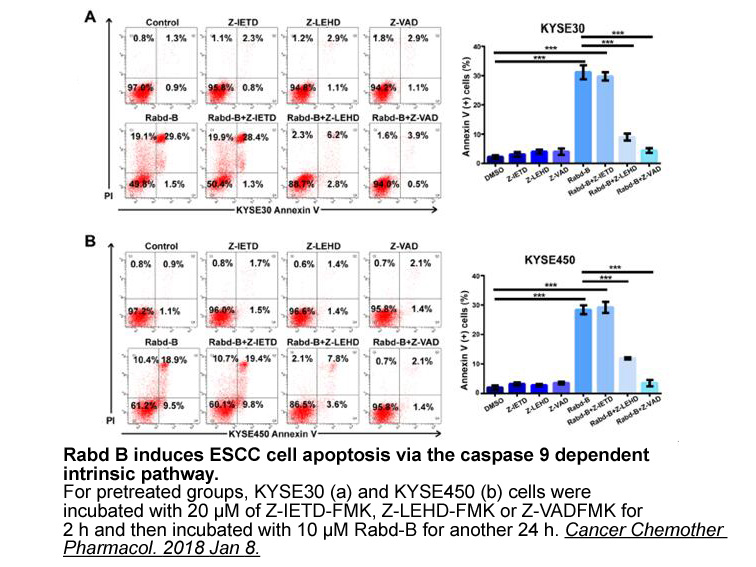
Acknowledgements Introduction Anxiety and depression are major components of maintaining the cycle of addiction, and are responsible for the negative reinforcement of drug seeking behaviors (Sarnyai et al., 1995, Koob and Le Moal, 2008). Both rats and humans exhibit increased anxiety states du
-
On the basis of the findings described
2021-05-28
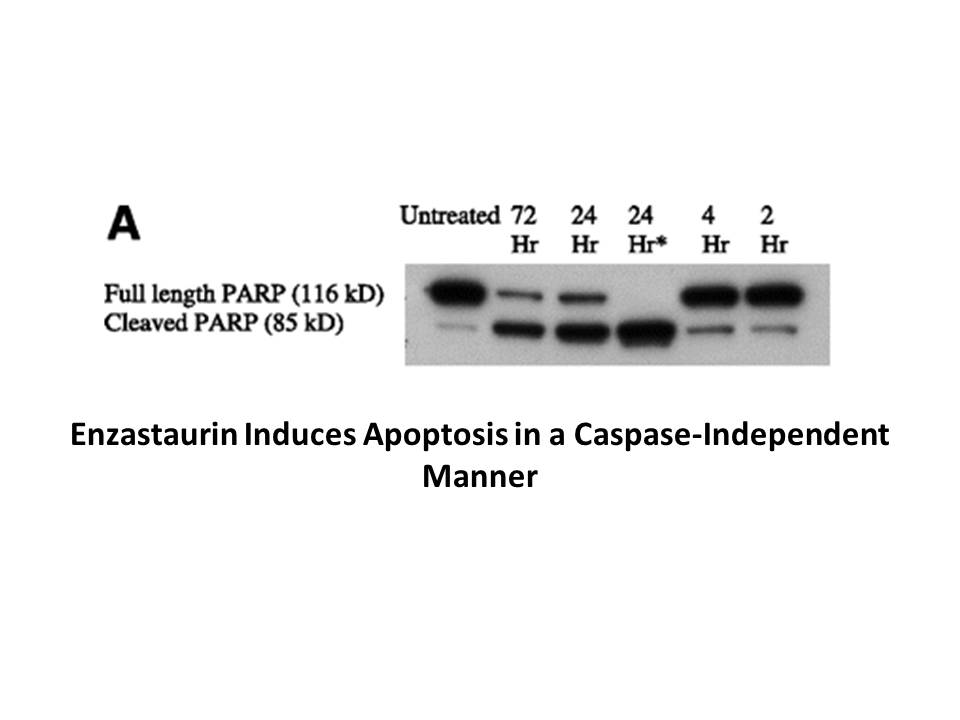
On the basis of the findings described above, a series of heterotricyclic analogs were designed and synthesized. The human CRF1 receptor binding and antagonist activity data for newly designed heterotricyclic core antagonists 28–33 are described in Table 3. Most of the tricyclic core analogs listed
-
Other mutations in the SYNE
2021-05-27
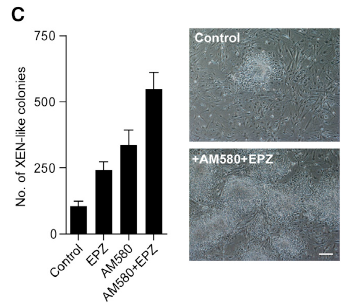
Other mutations in the SYNE1 3′ region (exons 81–85) have been implicated in an upper motor neuron disease, ARCA1 (Gros-Louis et al., 2007). The disease is characterized by progressive movement, coordination, and balance problems caused by disrupted Purkinje cell function and their impaired signalin
-
The mechanism underlying the increased
2021-05-27
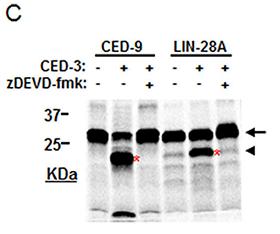
The mechanism underlying the increased PON1 levels found in greenhouse workers may be accounted for by an increased protein Nodinitib-1 australia following pesticide interaction with different nuclear receptors as also occurs with other chemicals, such as polyphenols and statins [28]. A number of nu
-
Astrocytes play a key role in the brain
2021-05-27
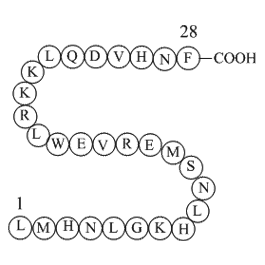
Astrocytes play a key role in the brain, as these cells are involved in fluid, ion, pH, and neurotransmitter homeostasis, synapse function, energy and metabolism and blood-brain barrier (BBB) maintenance (Sofroniew and Vinters, 2010). PA is able to activate different damaging responses in astrocytes
-
gsk-3 An important role for the precursor molecule of the ma
2021-05-27
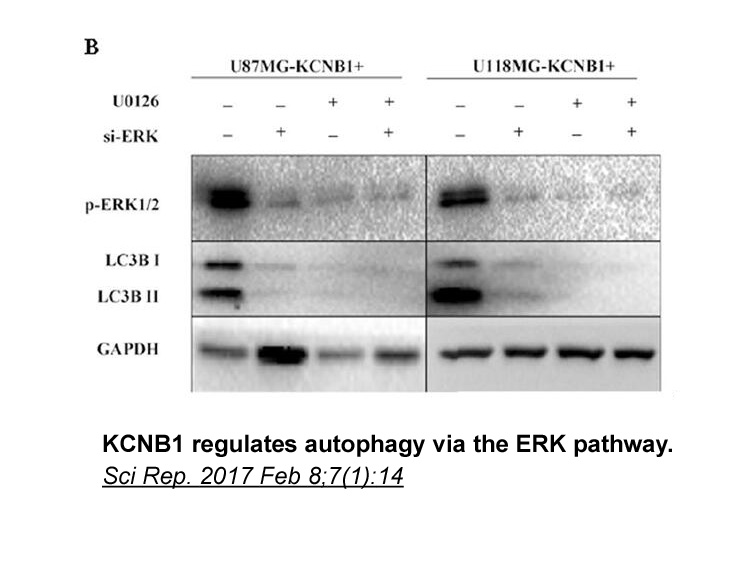
An important role for the precursor molecule of the main EBI2 ligand, 25-OHC, in the inhibition of inflammation was recently shown. 25-OHC was demonstrated to inhibit inflammasome induction in mouse macrophages [28]. Inflammasome assemblies are the sites of caspase 1 activation and lead to the gener
-
The murine subfamily members including and have
2021-05-27
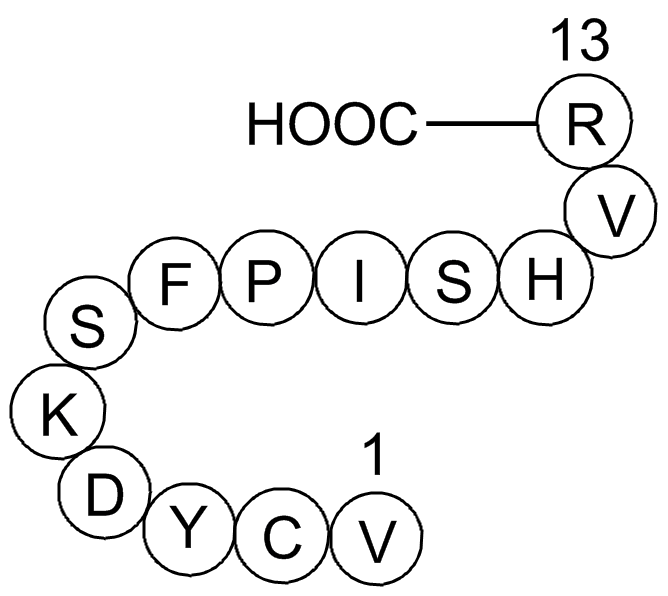
The murine subfamily members including , , , and have been identified and their encoded proteins showed deubiquitinating enzymatic activity , , , . It has been demonstrated that is an immediate-early gene induced by IL-3 in B-lymphocytes and is an IL-2 specific immediate-early gene in T-lymphoc
-
During host cell interactions G intestinalis trophozoites up
2021-05-26
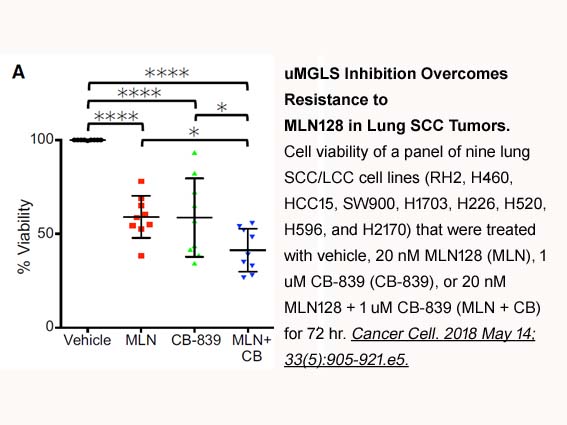
During host-cell interactions, G. intestinalis trophozoites up-regulate several cell-associated proteins, including high-cysteine membrane proteins (HCMPs) and variant surface proteins (VSPs) [8]. The parasite also releases around 200 proteins upon host-cell contact, including many proteases [9,10].
-
DDI is one of the
2021-05-26
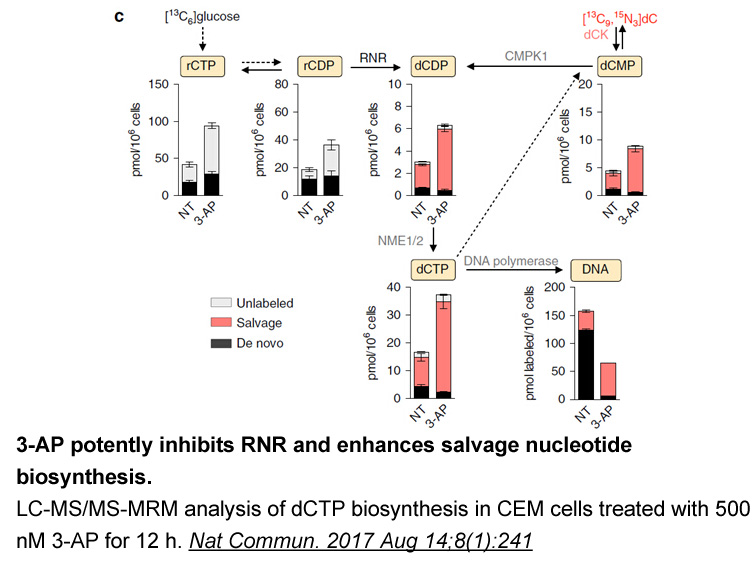
DDI is one of the main problems with serious clinical consequences in clinical settings. Several reports have highlighted the role of modulation of drug-metabolizing enzymes, especially CYP450 s, as a major mechanism involved in clinical DDIs [3,4,7]. The present study aimed to investigate the effec
-
A phenylacetic acid derivative discovered in
2021-05-26
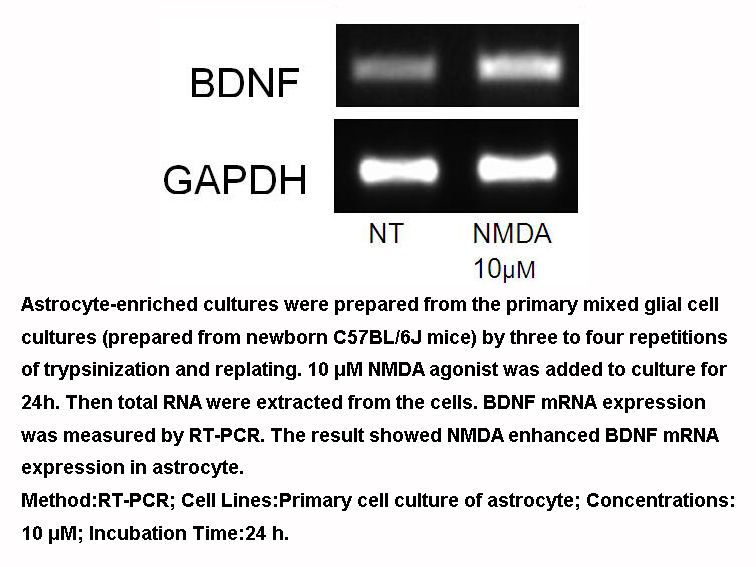
A phenylacetic angiotensin ii causes derivative (), discovered in a high throughput screen for CRTH2, inhibited the binding of H-PGD to CRTH2 receptors on 293 cells with an IC of 0.010μM, and inhibited the binding of H-PGD to DP receptors with an IC of only 8.3μM (). Compound also inhibited CRTH2
-
br Materials and methods br Results The i v administration
2021-05-26

Materials and methods Results The i.v. administration of urocortin 2 reduced the mean arterial blood pressure in a dose-dependent manner (Fig. 1). The ED50 for the urocortin 2 cumulative dose–response effect on mean arterial blood pressure was 0.014±0.004 mg kg−1. Urocortin 2 administration h
-
nitric oxide synthase inhibitors br Conclusions CK inhibitio
2021-05-26
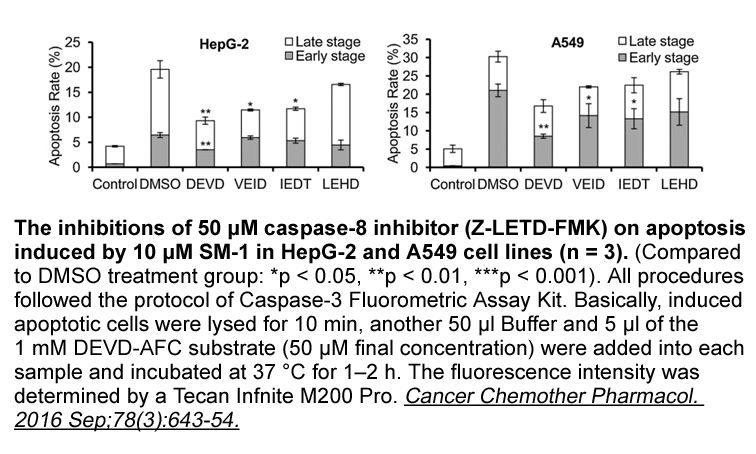
Conclusions CK2 inhibition protects young and aging WM function against an ischemic episode by preserving oligodendrocytes and axonal structure by maintaining mitochondrial integrity. CK2 recruits CDK5 and AKT/GSK3ß signaling to mediate WM ischemic injury in a differential spatiotemporal manner s
-
Chk is dramatically induce by the IL
2021-05-26
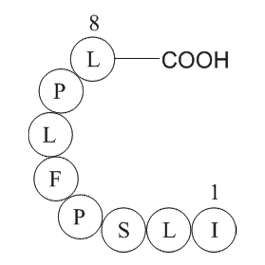
Chk is dramatically induce by the IL-4 family of cytokines and equally dramatically inhibited by IFN-γ, a regulation that appears to be specific for human monocytes. In primary human T cells, Chk is not normally present, but it can be induced by potent activators of T pla2 inhibitor such as PHA or I
-
Although further experiments are needed to determine definit
2021-05-26
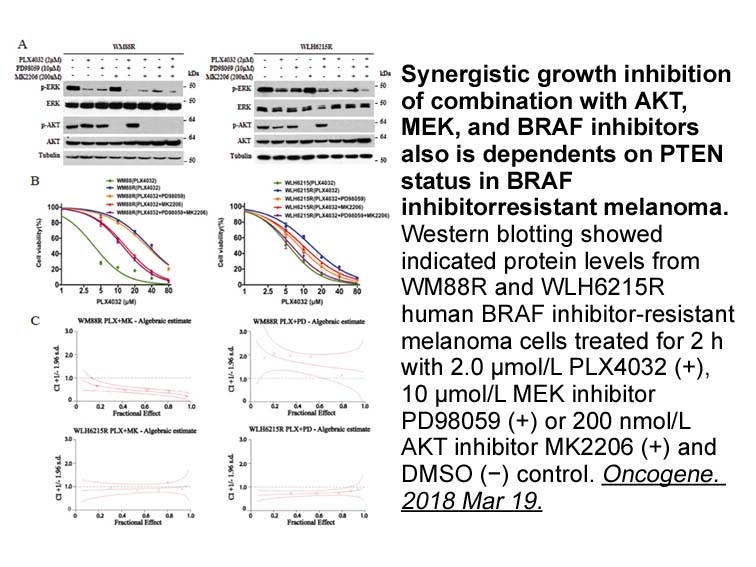
Although further experiments are needed to determine definitively whether D–ETB receptor heterodimers exist, for example, by using fluorescence resonance Calyculin A transfer analysis or co-immunoprecipitation of receptors, the results of the study by Zeng and colleagues appear to indicate that D–E
-
Estrogen receptors ERs belong to the
2021-05-26
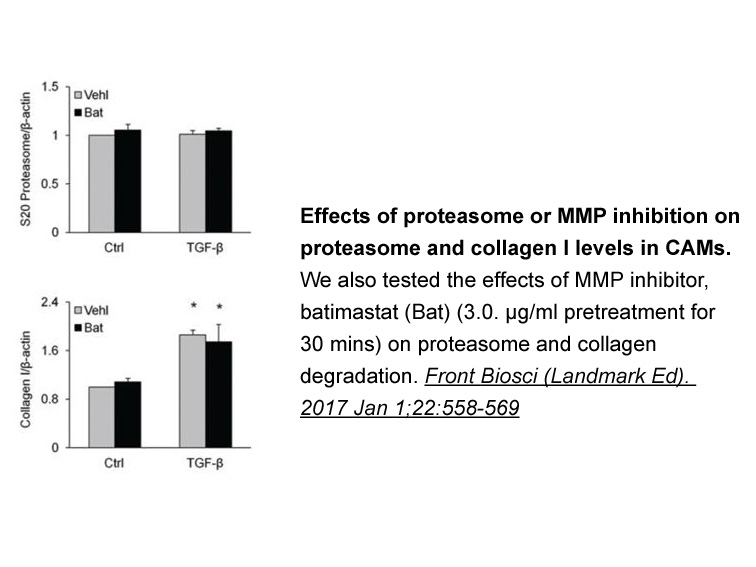
Estrogen receptors (ERs) belong to the third class of nuclear receptors (NR3) [23]. Two different forms of ER have been described, ERα and ERβ. They are coded by two distinct genes (ESR1 and ESR2, respectively) containing 8 transcribed exons that give rise to six conserved protein domains: domains A
15355 records 671/1024 page Previous Next First page 上5页 671672673674675 下5页 Last page